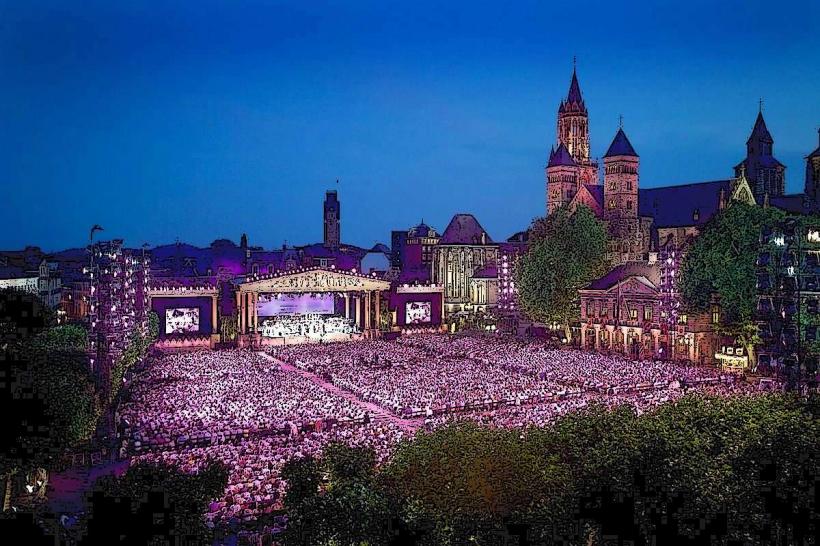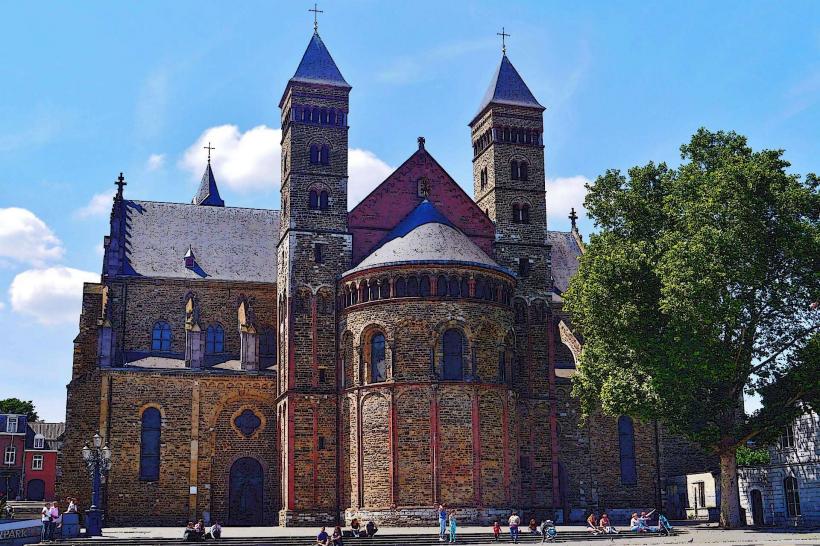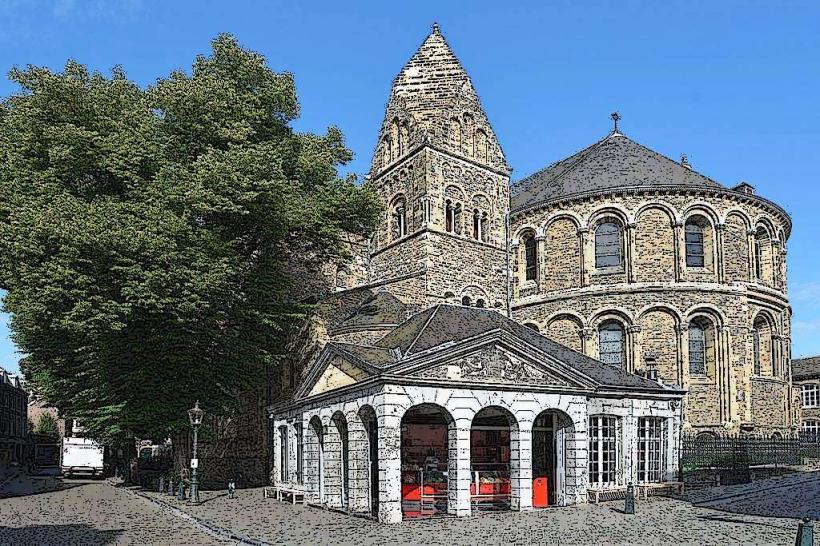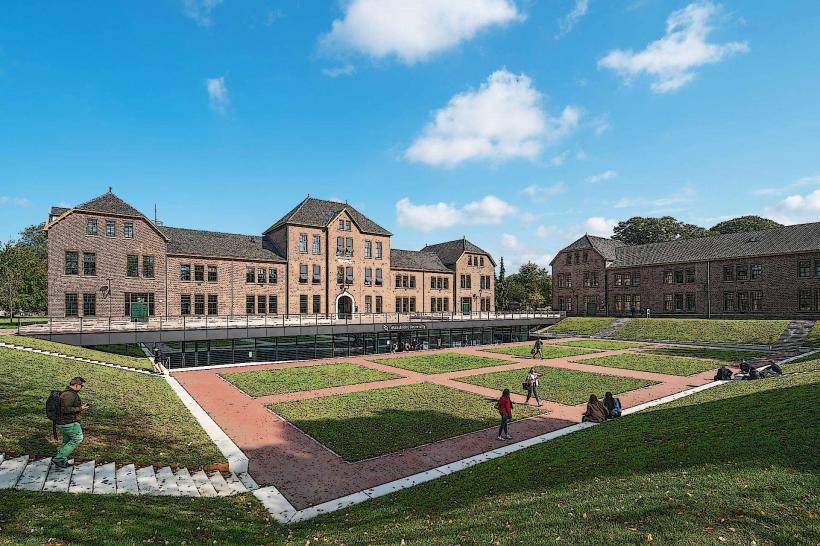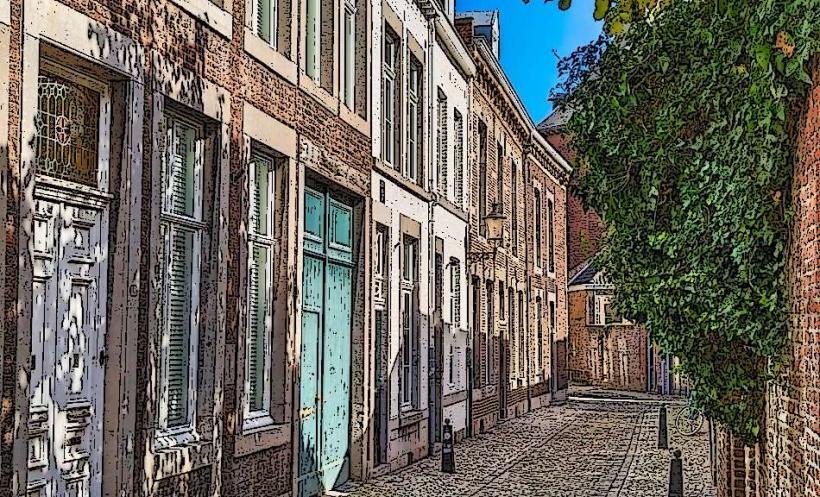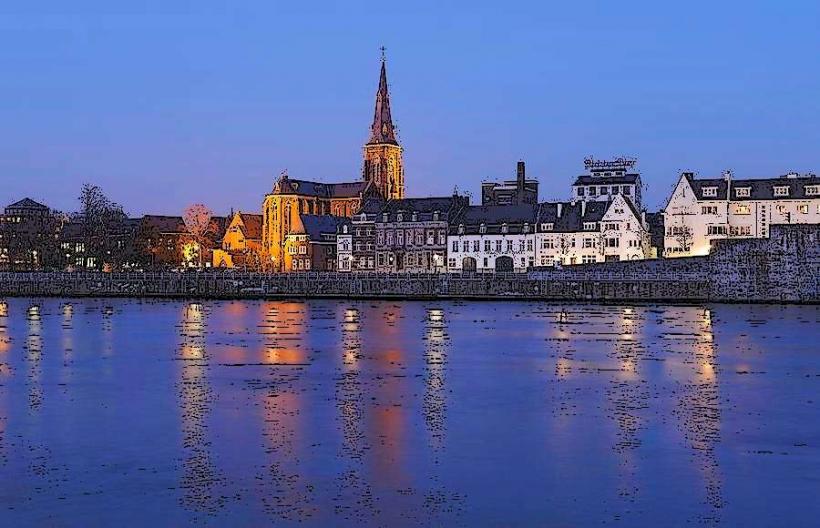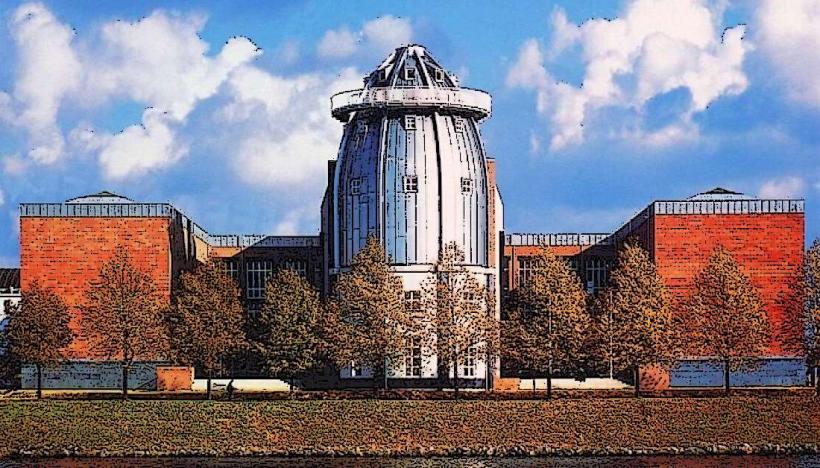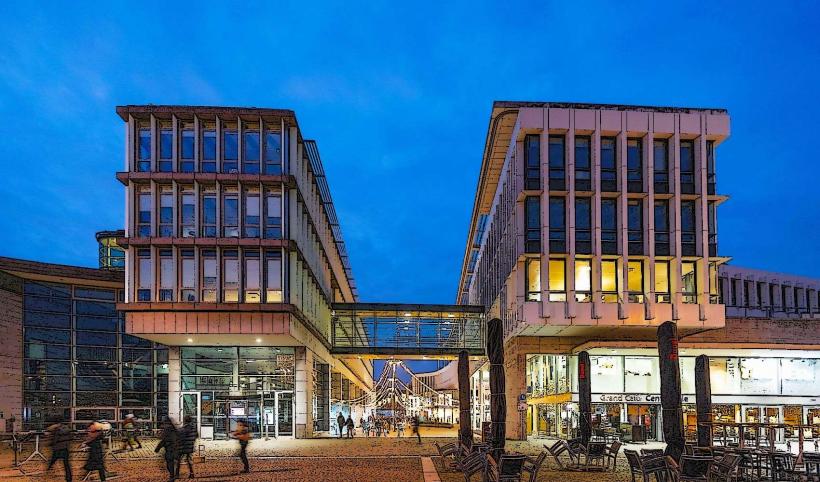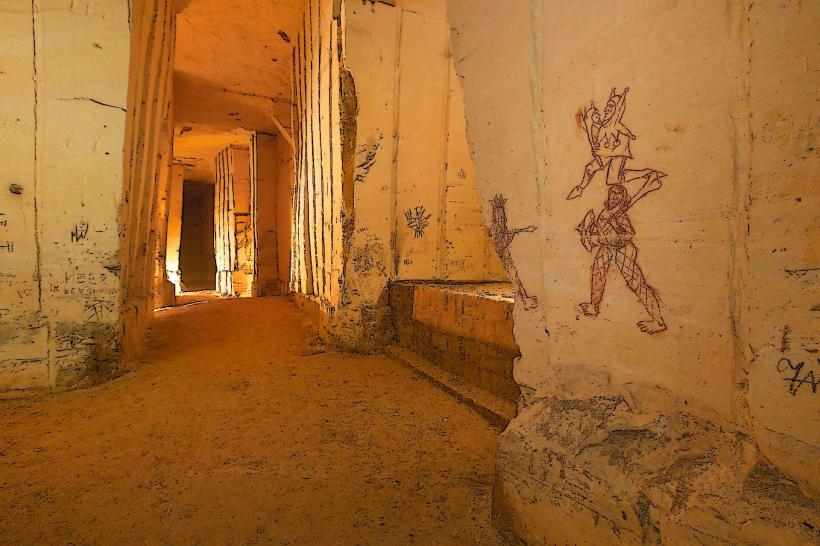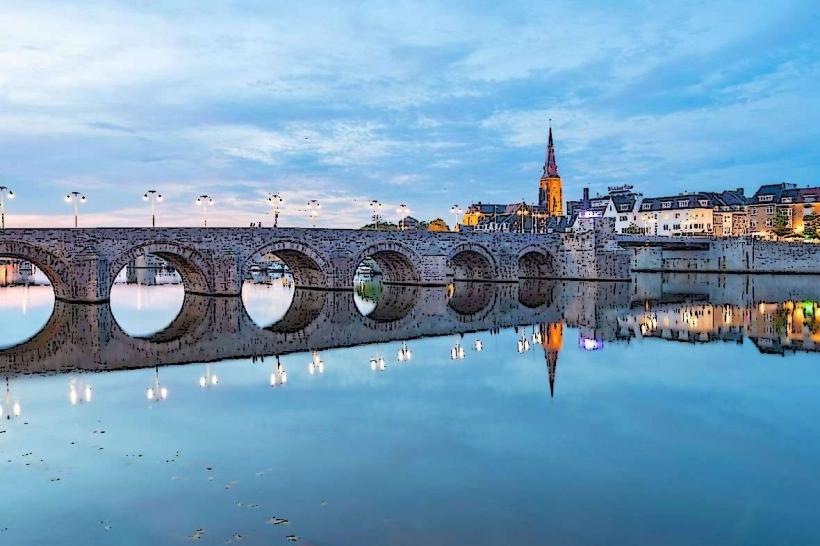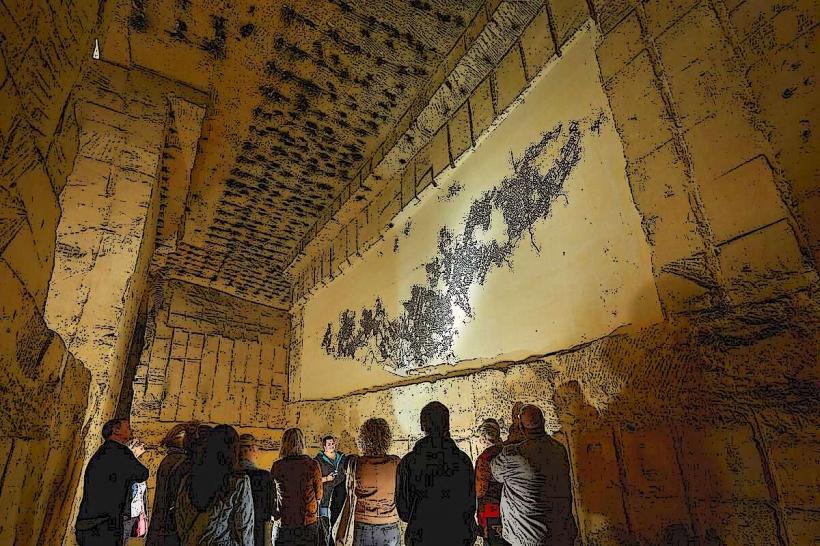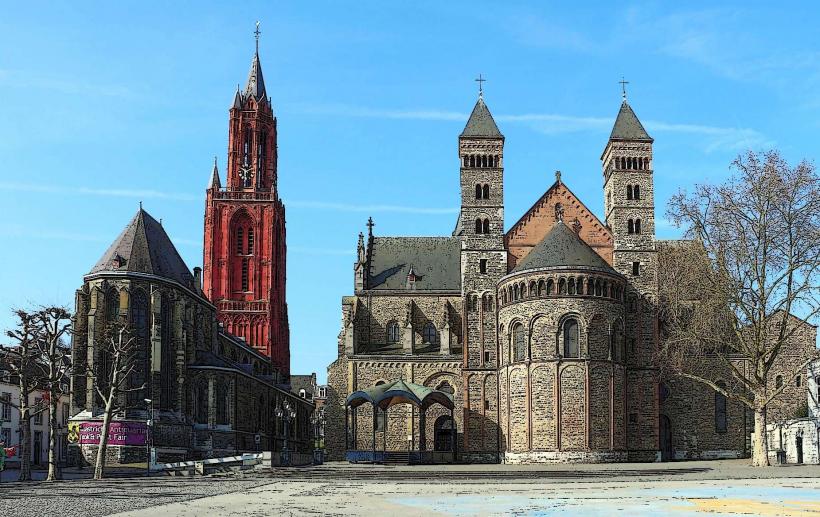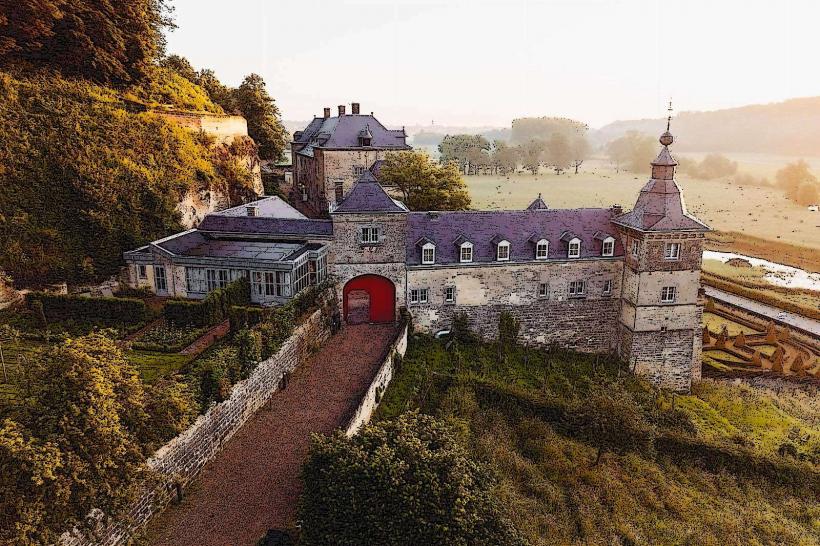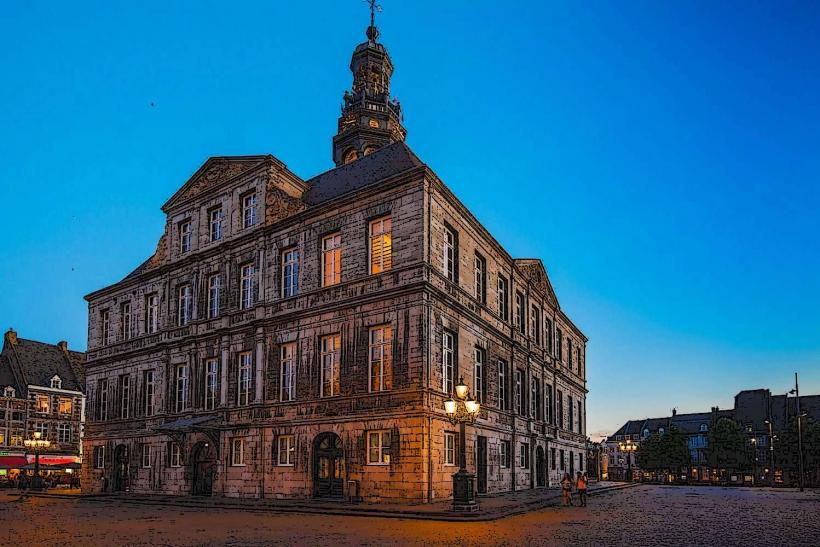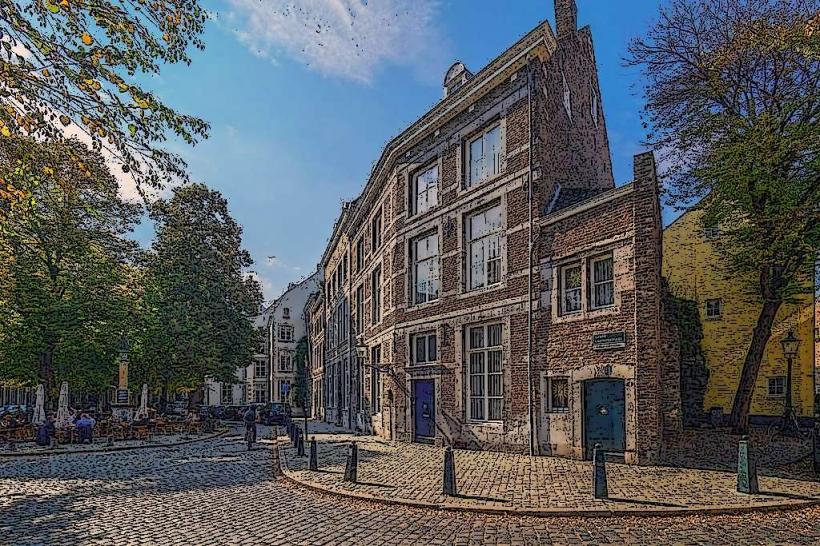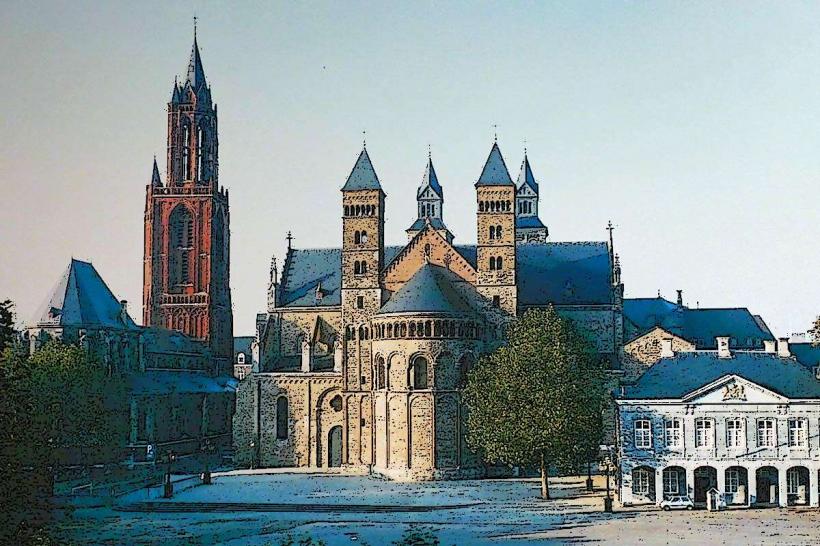Information
Landmark: HelpoortCity: Maastricht
Country: Netherlands
Continent: Europe
The Helpoort is the oldest surviving city gate in the Netherlands, located in Maastricht, a city in the southern part of the country. This medieval gate is an iconic landmark and an important piece of Maastricht's historical fortifications. Its name, Helpoort, translates to "Gate of Hell," a reference to its once intimidating and defensive role.
1. History and Origins
- Construction: The Helpoort was built around 1229 as part of the city's defensive walls during the medieval period. It was constructed under the rule of the Prince-Bishops of Liège to strengthen the city’s fortifications and protect it from potential invaders. The gate was originally part of a larger system of walls and towers designed to defend the city from attacks.
- Strategic Role: In its early history, the Helpoort served as a military gate, allowing troops and citizens to pass through the city’s defensive walls. It was an important part of Maastricht's fortification system, and its location near the southern entrance of the city made it a vital point for trade, communication, and defense.
2. Architecture
- Design: The Helpoort is an excellent example of medieval military architecture. It is a gatehouse, with a distinctive rounded archway typical of the period, allowing for easy passage while providing defense. The gate is built of local limestone, giving it a strong and durable appearance.
- Towers and Defensive Features: The gate features a pair of circular towers that once housed defensive elements like archers or cannon. The towers were designed to protect the entrance from attackers and provide a commanding view of the surrounding area. Over time, the towers were modified, but their original medieval design is still visible today.
- Fortified Wall: The Helpoort is part of the city's fortification wall, which included other gates, towers, and defensive structures. The wall helped protect Maastricht from invading armies throughout the Middle Ages and was a key element in the city’s defense strategy.
3. Name and Symbolism
- Helpoort ("Gate of Hell"): The name "Helpoort" is believed to have been derived from the Dutch word "Hel," meaning "hell" or "underworld." One explanation for the name is that the gate’s intimidating appearance, its role as a point of entry to the city’s inner defenses, and its proximity to the city’s dungeons and prisons led people to associate it with punishment and suffering.
- Another possible origin of the name is related to its position as a gateway in and out of the city, where it may have been seen as a place of transition between safety (inside the walls) and danger (outside the walls). Over time, the gate became known by this somewhat ominous name, despite its historical importance as a protective feature.
4. Significance in Maastricht's History
- Military Importance: The Helpoort was strategically important during the Middle Ages, as it was one of the city’s main entrances and played a key role in defending Maastricht from external threats. It formed part of the city's outer defenses, along with other gates and walls, making the city a formidable fortress.
- City Development: As the centuries passed and the city grew, the fortifications became less critical, and Maastricht’s focus shifted from defense to commerce and culture. However, the Helpoort remained an important landmark and a reminder of the city’s medieval past. Over time, parts of the fortifications were demolished to make way for urban development, but the Helpoort survived as a key symbol of Maastricht’s history.
5. Modern-Day Role
- Tourist Attraction: Today, the Helpoort stands as a popular tourist attraction in Maastricht. It is a testament to the city’s rich medieval heritage and is often visited by tourists exploring Maastricht’s old town. Visitors can admire the architecture, learn about its historical role, and explore the area around the gate, which is filled with charming streets and local businesses.
- Restoration and Preservation: The gate has undergone several restorations and conservation efforts to maintain its structural integrity and ensure that it remains a part of Maastricht’s historical landscape. It is one of the few medieval city gates in the Netherlands that has survived in relatively good condition.
- Cultural Symbol: The Helpoort is not just an architectural feature; it also serves as a symbol of Maastricht’s resilience and historical significance. It embodies the city’s rich past, from the medieval fortifications to its role as an important European trading hub.
6. Visiting the Helpoort
- Access and Location: The Helpoort is located on the southern edge of the city center, near the Meuse River, making it easily accessible for visitors. It’s a short walk from other historical landmarks, such as Vrijthof Square and the Basilica of Saint Servatius, allowing tourists to explore the medieval heart of Maastricht.
- Exploration: Visitors can walk around the exterior of the gate to appreciate its imposing appearance, and some may also explore the area nearby to get a sense of the medieval city walls that once surrounded Maastricht. Though the interior of the Helpoort is not typically open for tours, its exterior remains a fascinating glimpse into the past.
- Events and Activities: Occasionally, the Helpoort is used for special events or exhibitions, often related to Maastricht's medieval history. It’s also a good starting point for a guided tour of the city’s historical district.
7. Conclusion
The Helpoort is a remarkable historical landmark that offers insight into Maastricht’s medieval past. As the oldest surviving city gate in the Netherlands, it stands as a symbol of the city’s former role as a fortress and its ongoing connection to its historic roots. Today, it remains a popular spot for visitors interested in the rich history of Maastricht and serves as a beautiful and evocative reminder of the city’s evolution over the centuries.

